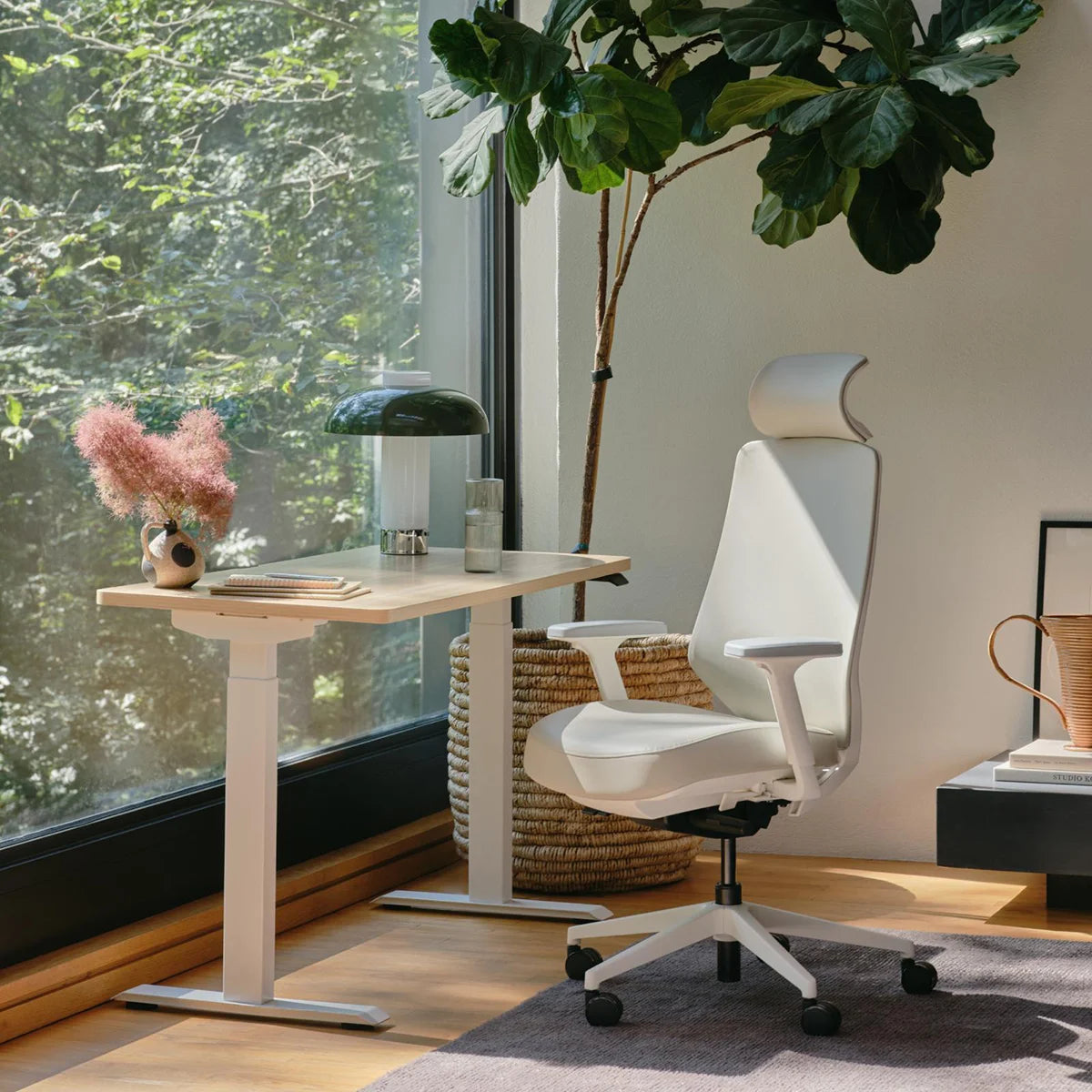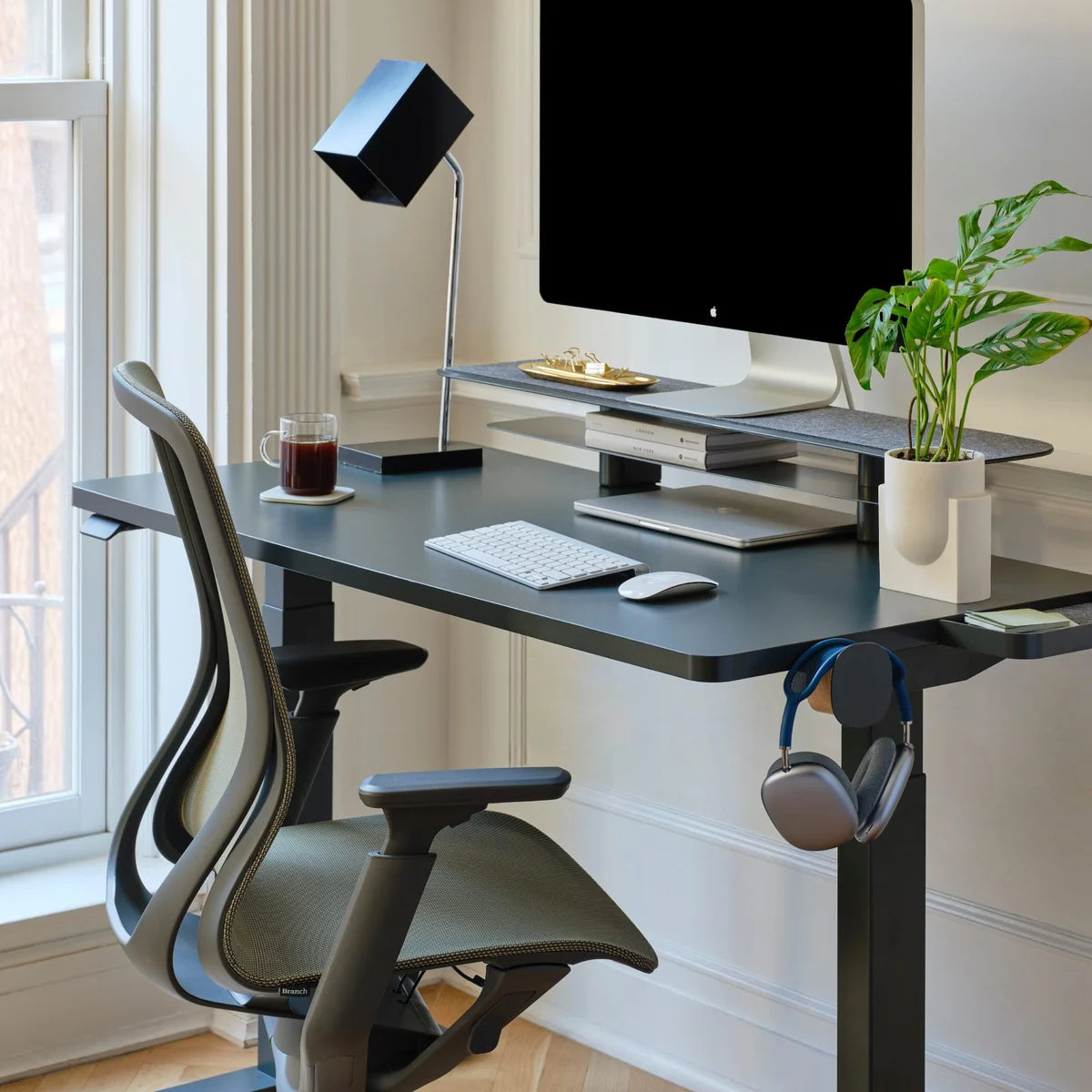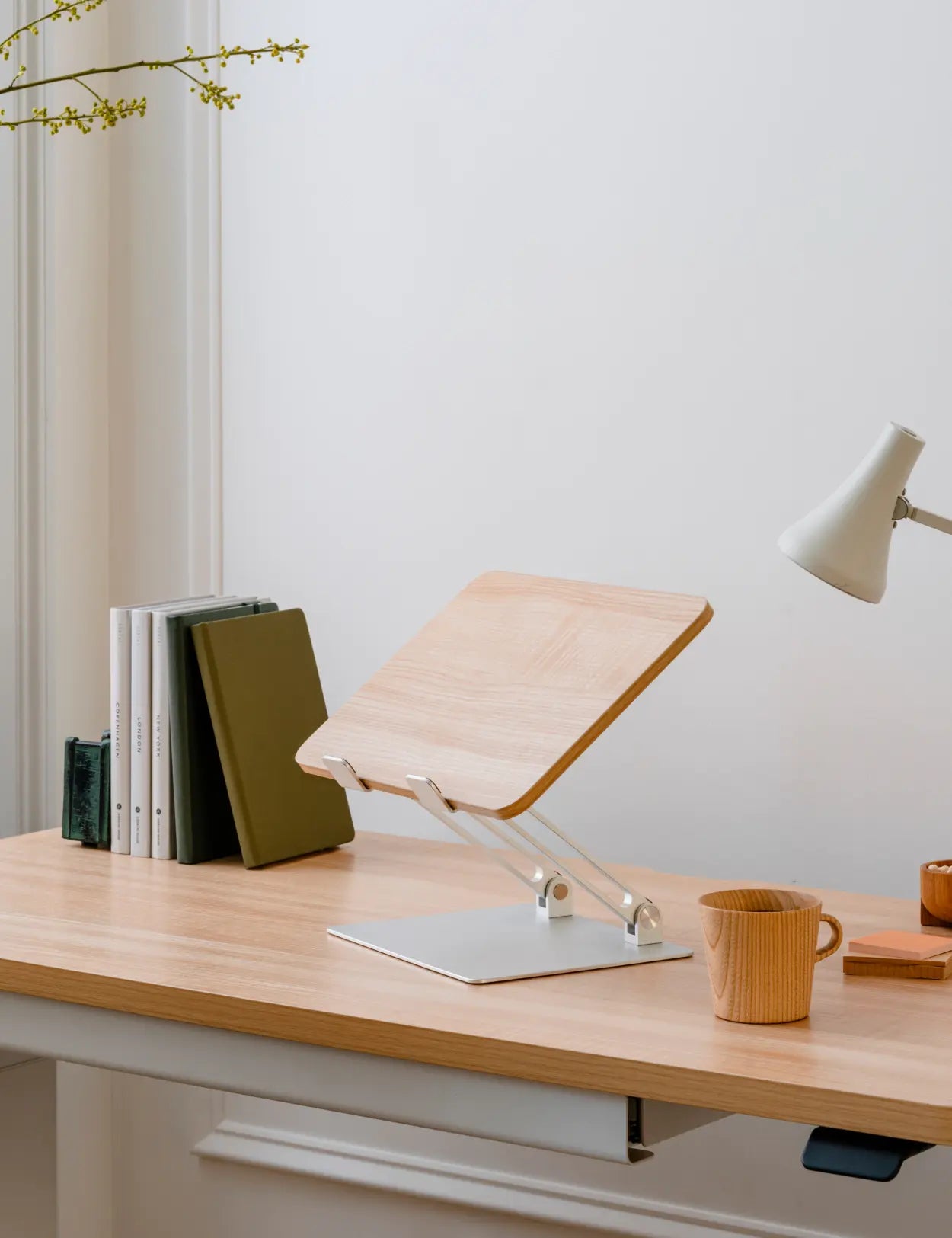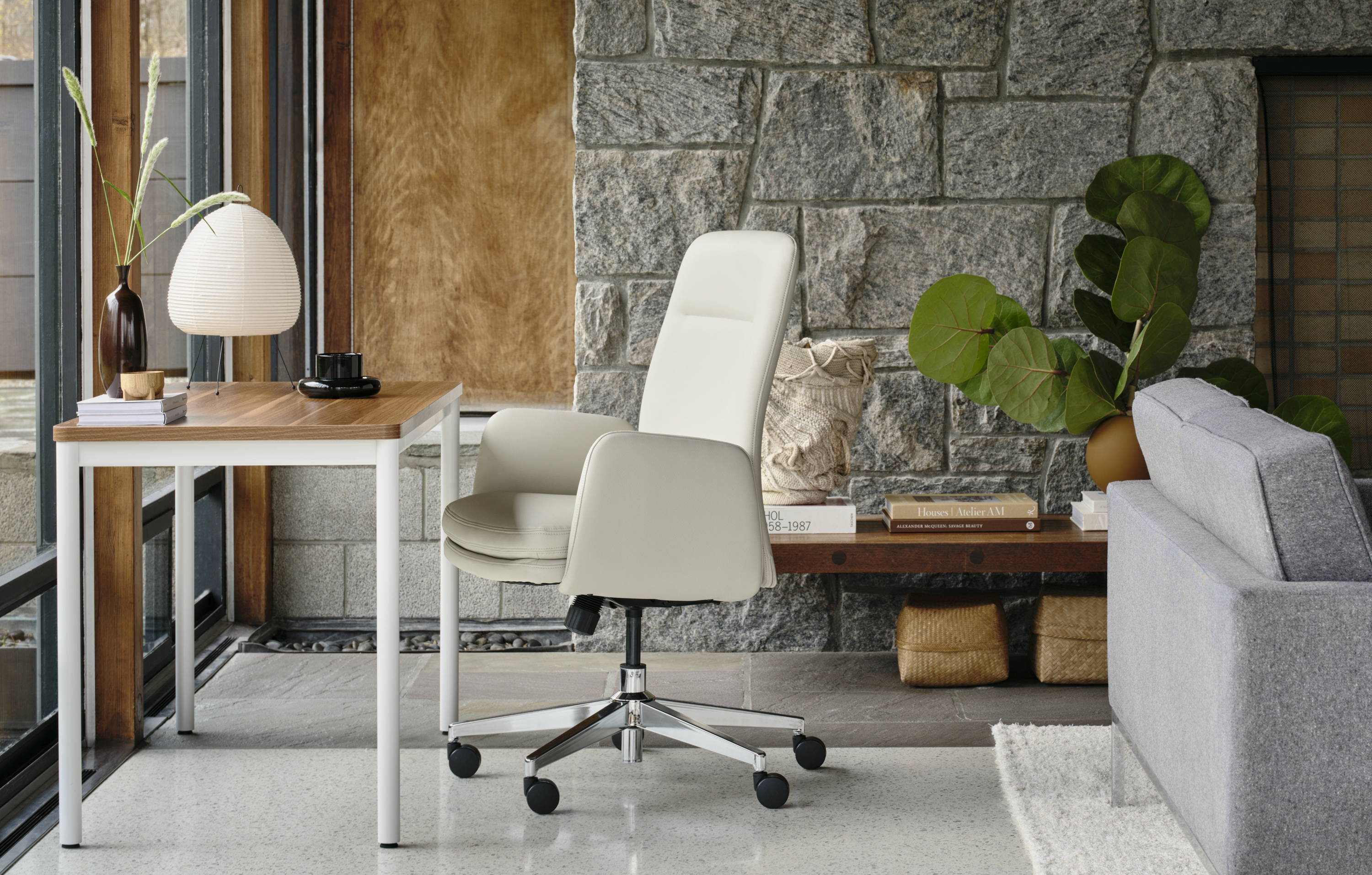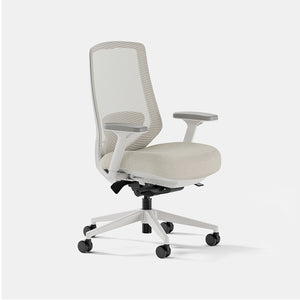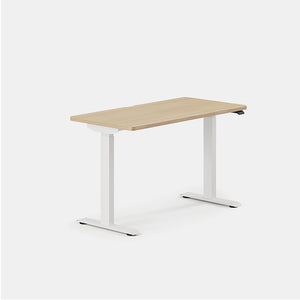In today's fast-paced work environment, maintaining good posture is crucial for overall health and well-being. Whether you're spending long hours at the office or working from home, the right office chair can make all the difference in supporting proper alignment and reducing discomfort.
It’s important to recognize how good posture and choosing the best office chair for your needs can contribute to a healthier work experience. You can achieve optimal comfort and productivity throughout your workday with ergonomic designs and a focus on lumbar support, adjustable features, and breathable materials.





